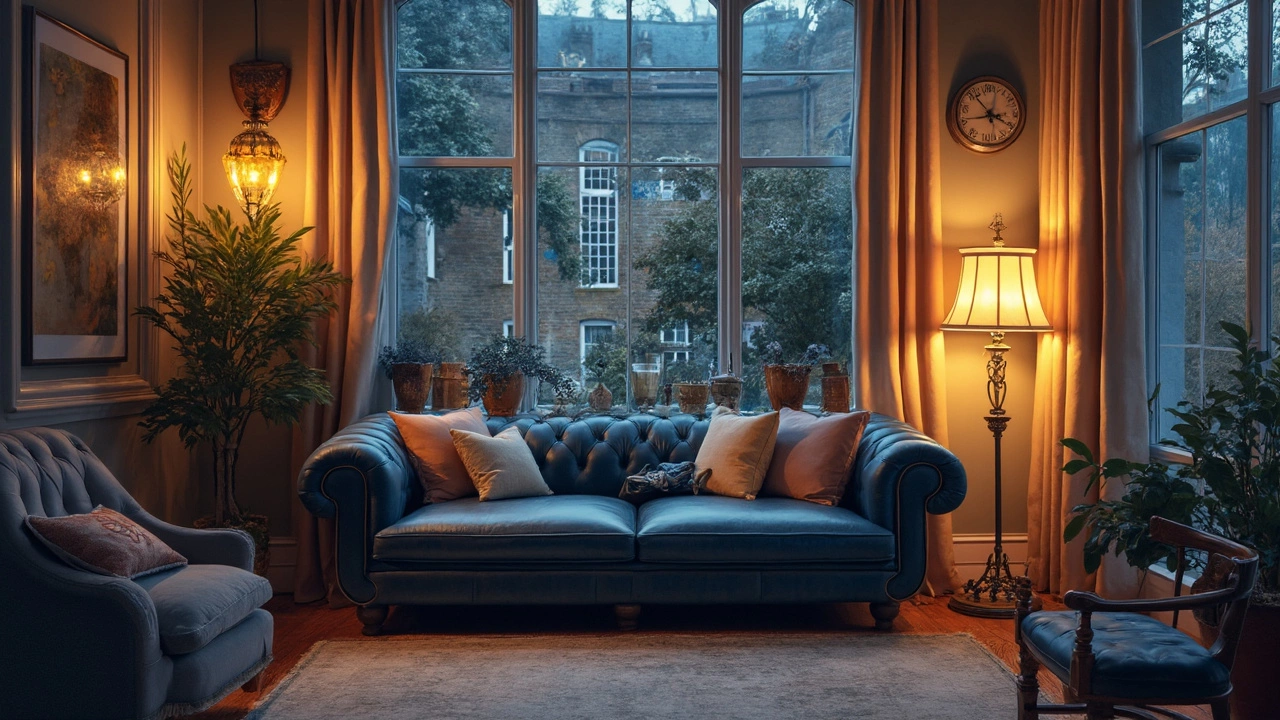Budget Furniture: How to Furnish Your Home Without Breaking the Bank
Ever walked into a store and felt the price tags sting? You’re not alone. The good news is you can still get good‑looking pieces without splurging. Below are real‑world tricks that work for any room, whether you’re moving in for the first time or just need a refresh.
Know When to Shop for the Best Deals
Timing matters almost as much as the item itself. For sofas and larger pieces, the late summer months (July‑August) often bring clearance sales because retailers are clearing out old stock for new collections. If you can wait, hunting for a couch in August can shave 20‑30% off the usual price. Smaller items like side tables and shelves tend to drop during end‑of‑season sales in January and November.
DIY vs. Buy: When Making Your Own Saves Money
Making shelves can be cheaper than buying from a store, but only if you have the tools and basic skills. A quick cost calculator shows a standard floating shelf costs about £30‑£35 to buy, while the same size DIY version with pine board, brackets, and paint runs around £15‑£20. The savings climb if you need multiple shelves. However, if you’re not comfortable with a drill, the time and potential mistakes could outweigh the price benefit.
Another easy DIY project is a simple coffee table from reclaimed pallets. Two pallets, a few legs, and a coat of varnish can give you a solid, stylish piece for under £40. It’s a great weekend project and a conversation starter.
Stretch Your Budget with Multi‑Purpose Furniture
Look for pieces that do double duty. A sofa bed eliminates the need for a separate guest mattress, and a storage ottoman gives you seating plus a hidden space for blankets. These items often cost a bit more upfront but save you from buying two separate items later.
Remember to check the cushion thickness on sofas. A 5‑inch thick cushion tends to keep its shape longer, meaning you won’t need to replace it as often. It might cost a few pounds more, but it’s a long‑term saving.
Shop Smart Online
Online marketplaces let you filter by price, rating, and free shipping. Set a maximum price filter (for example £150 for a dining chair) and sort by ‘most reviews’ to see what other shoppers like. Many sites also have price‑match promises, so if you find a lower price elsewhere, they’ll beat it.
Don’t forget to use coupon extensions like Honey or built‑in store newsletters. A 10% discount code on a £200 sofa brings the price down to £180 instantly.
Focus on Quality Where It Counts
If you’re buying a sofa, prioritize a sturdy frame (solid wood or metal) over cheap upholstery. A durable frame lasts years, while a cheap cover can be swapped out later. For bedroom furniture, a solid pine bed frame may cost a little more but avoids squeaks and wobble.
Lastly, keep an eye on local thrift stores and charity shops. You can often find hidden gems like vintage dressers for £30‑£40 that just need a fresh coat of paint.
By timing your purchases, mixing DIY with smart buys, and focusing on multi‑use pieces, you can deck out your home with style without draining your wallet. Happy hunting!
-

Is $2000 Too Much for a Sofa? Let's Break It Down
Is spending $2000 on a sofa a wise investment or a budgeting misstep? This article explores the factors that determine a sofa's value, such as material quality, durability, and brand reputation. We delve into the worth of a higher price tag compared to budget options. Understanding these elements can help you make a more informed decision next time you shop for a sofa.
